Jeg skrev for en måneds tid siden en bokanmeldelse av Harald Olsens HELLIG STED, som nå er blitt publisert i St Olav tidsskrift. Her er det jeg skrev:
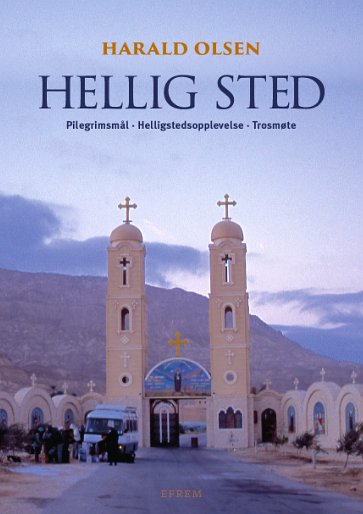 Interessant, lærerik og krevende bok om det hellige
Interessant, lærerik og krevende bok om det hellige
Da jeg begynte å lese Harald Olsens bok: HELLIG STED. Pilegrimsmål – Helligstedsopplevelse – Trosmøte, på Efrem forlag, tenkte jeg på mine møter med ham i Arendal, der jeg bodde fra 1988 til 1994 og han var Kultursjef fra 1990-92. Der møtte jeg ham først og fremst som medlem av Freedom Quartet, fire mannsstemmer og to dyktige musikere, bl.a. Geir Gundersen og Sigvald Tveit.
Harald Olsen har en spennende og variert utdannelse og bakgrunn; cand. real. fra Universitetet i Oslo, og deretter vitenskapelig arbeid, skolearbeid, kulturarbeid og som direktør ved Kunsthøyskolen i Oslo og til sist seniorrådgiver ved Høyskolen i Agder. I veldig mange år har han også vært engasjert i åndelige spørsmål og pilegrimsferder. Han har skrevet bøker om Den østlige pilegrimsvei 2000, Frodig fromhet i vest, keltiske helgenlegender 2000, Keltisk åndelighet 2002, Pusterom, fellesskap om stillhet og fordypelse 2004, Ørkenvind, arven fra ørkenens fedre og mødre 2008, Havets pilegrimer 2013, og enda noen flere bøker.
Boken starter med en svært lang, grundig og faktisk ganske krevende åpningsdel, der begreper som pilegrimsferd og hellig sted blir definert. Om pilegrimsferder kan vi lese (s 15):
Pilegrimsvandring kan karakteriseres gjennom følgende tre komponenter: veien, helligstedet og møtet med mysteriet. I den kristne pilegrimsbevegelsen har det til alle tider vært en spenning i hva som har vært den viktigste begrunnelsen for pilegrimsferden: valfartsmålet eller ferden i seg selv. Vektleggingen av disse to sidene ved pilegrimsferden har variert over tid, har vært forskjellig i ulike miljøer og har ikke minst vært bestemt av hva som har vært begrunnelse og motiv for pilegrimsferden. I de tilfellene der man søkte helbredelse eller åndelig inspirasjon og fornyelse, var valfartsmålet viktigst. Der hvor pilegrimsferden var en botshandling, kunne ferden i seg selv, med dens fysiske krav og ofte strabasiøse utfordringer, være hovedpoenget. …
I praksis handler ikke denne boken så mye om pilegrimsreiser som om hellige steder. Også i definisjonen av det begrepet åpner Olsen med en kristen forståelse (s 17):
I den bibelske virkelighetsforståelse er hellighet – både i Det gamle og Det nye testamentet – ensbetydende med guddommelig. Hellighet beskriver Guds unikhet, det som konstituerer Guds natur. Hellighet er ikke bare en egenskap ved Gud, men er selve Guds vesen. Siden Gud alene er hellig, kan ikke noe annet eller noen annen være hellig i seg selv. Hellighet og guddommelighet kan derfor bare benyttes om personer eller steder i en avledet eller sekundær betydning. Personer og steder er hellige kun i tilknytning til det guddommelige. Steder kan bare kalles hellige i kraft av deres relasjon til Gud.
Går vi ut i et større faglig landskap, kan noen av religionsvitenskapens klassikere fortsatt være til god hjelp, og et verdifullt utgangspunkt … …
Etter dette går Olsen over til å presentere synspunkter til kjente religionsvitere som Rudolf Otto, Mircea Eliade og flere andre. Han tar opp utviklingen av hellighetsbegrepet gjennom tidene, ser på forskjellen mellom katolsk/ortodoks og protestantisk forståelse av hellige steder, ser på den keltiske forståelsen av hellighet, på forholdet mellom sakramenter og det hellige, på hvilken betydning stillhet har i møte med det hellige, om at hellige steder kan kalles «tynne steder» og mange flere ting. Denne bokens første del – Hellig sted, identitet og betydning – er på 90 sider og er ganske kompakt lesning. Hans litteraturliste er på ca. 250 verker, de fleste ganske tykke og grundige bøker. Olsen har vært opptatt av hellige steder i mange tiår og satt seg grundig inn i stoffet.
Det fører etter min mening til at denne innledende delen nok kan bli for kompakt og krevende for mange lesere. Forfatteren ser her også på utviklingen av og historien til noen hellige steder, som Lourdes og Jerusalem. De 11 sidene han bruker til å gå gjennom Jerusalems historie er kanskje det jeg er minst fornøyd med i boken, siden jeg nok ser litt annerledes på historiske møter mellom kristne og muslimer enn det boken presenterer – og Olsen tar også opp møtet mellom disse religionene andre steder, som i Damaskus og Cordoba.
I bokens andre del (på ca. 150 sider) tar Olsen oss med til flere interessante hellige steder, 12-14 steder, og her synes jeg to kapitler er mest interessante. Det første av disse er om klosterøya Iona på den skotske vestkysten. Ionas viktigste historie begynte i 563 e.Kr. da den irske munken Columba sammen med tolv disipler slo seg ned der. Etter en tid utviklet klosteret på Iona seg til en stor klosterfamilie med kloster i Irland og Skottland (bl.a. Lindisfarne), senere utvidet til Shetland, Orknøyene og Island. Kanskje dette også var utgangspunktet for Sunniva og hennes ledsageres reise til Selja, skriver Olsen.
Det er også interessant å lese om det åndelige senteret og hellige stedet Tao Fong Sang i utkanten av Hong Kong. Dette arbeidet ble startet av sørlendingen Karl Ludvig Reichelt (1877-1952) som begynte som norsk misjonær i Kina i 1903. Olsen skriver slik om hva som skjedde med ham (s 204):
Sommeren 1905 hadde Reichelt en opplevelse som skulle få varige konsekvenser for hans virke i Kina. Han besøkte det berømte Weishan-klosteret, et av landets viktigste buddhistiske helligdommer, med over 400 munker. Han ble tatt vel imot i klosteret, og opplevde også åpenhet og mottakelighet hos munkene. Men han hadde en smertelig opplevelse av ikke å kommunisere, ikke finne klangbunn for sitt budskap, og at dette skyldtes hans egne begrensninger. Det utløste en krise hos den unge misjonæren, og opplevelsen ble starten på en livslang fordypning i taoistisk og buddhistisk religiøsitet og tradisjon, for å kunne gjøre sitt eget budskap sant og ekte kinesisk.
Reichelt startet etter dette gradvis opp med en ny type misjonsarbeid (og mine tanker gikk med en gang til jesuitt-misjonærers arbeid i Kina fra 1580), mer preget av dialog og i nokså stor grad preget av buddhistiske og konfusianske tradisjoner. I 1922 startet han et senter i Nanjing i Kina som i 1930 ble flyttet til Hong Kong og fikk navnet Tao Fong Sang, «Fjellet som Kristus-vinden blåser fra». Reichelts nye fokus i arbeidet førte til et brudd med Det norske misjonsselskap i 1925, og Buddhistmisjonen oppstod, fra år 2000 heter denne Areopagos. Olsen har mange ganger besøkt det åndelige senteret utenfor Hong Kong og skriver 25 sider om det.
Boken beskriver også Frans og Klaras Assisi og Hildegard av Bingens Disibodenberg ganske grundig, men her har jo vi katolikker også mange andre gode beskrivelser. Noen ganger synes jeg nok beskrivelsene av de hellige stedene fokuserer litt for mye på bakgrunnsinformasjon og historie, heller enn selve opplevelsen av stedene, men det er ikke noen alvorlig kritikk.
Harald Olsen er ikke selv katolikk, men beskriver oftest Den katolske med sympati og forståelse, selv om ikke beskrivelsen av vår Kirke alltid er helt presis. En viss manglende forståelse merker man f.eks. i bokens siste kapittel, et kloster, Deir Mar Musa («den hellige Moses Etioperens kloster»), som ligger litt nord for Damaskus i den syriske ørkenen. Dette gamle og forfalne klosteret ble på 1990-tallet gjenopplivet av Fader Paolo Dall’Oglio, en syrisk-katolsk prest. Han gjorde mye godt arbeid der og hadde også god og nær kontakt både med muslimene i området og med kristne pilegrimer, men i beskrivelsen av gudstjenesten i klosterkirken leser vi at «brød og vin blir gitt/sendt rundt til alle» (s 241, to sitater fra Peter Halldorf). Men her snakker vi ikke om den hellige kommunion, men om det de ortodokse og østlige katolske kaller Antidoron («i stedet for gaven»), brød og vin som er velsignet, men ikke konsekrert, og deles ut til alle vanligvis mot slutten av liturgien. Men Olsen ser ut til å antyde at man her har et åpent nattverdbord.
Alt i alt vurderer jeg Hellig sted som en interessant, lærerik om til tider krevende bok.
P. Oddvar Moi


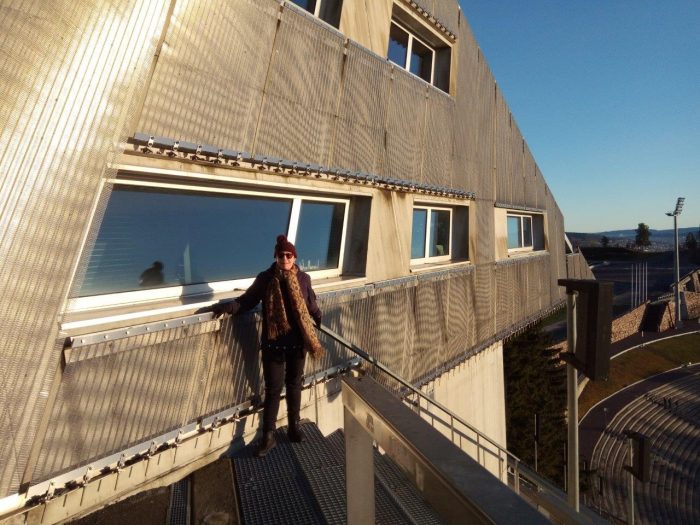

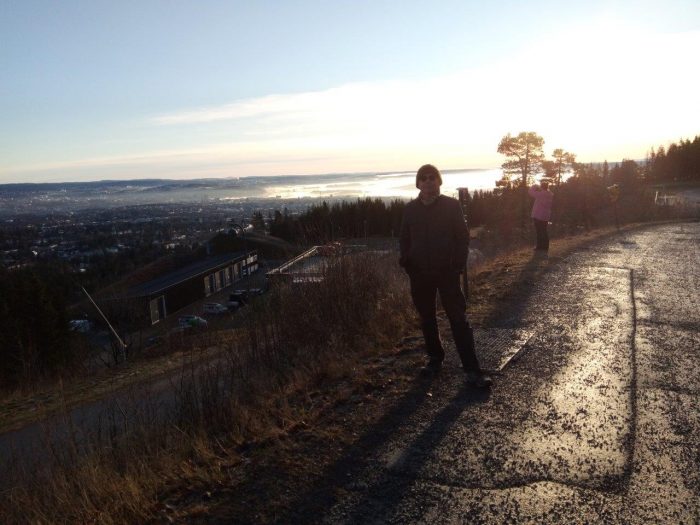


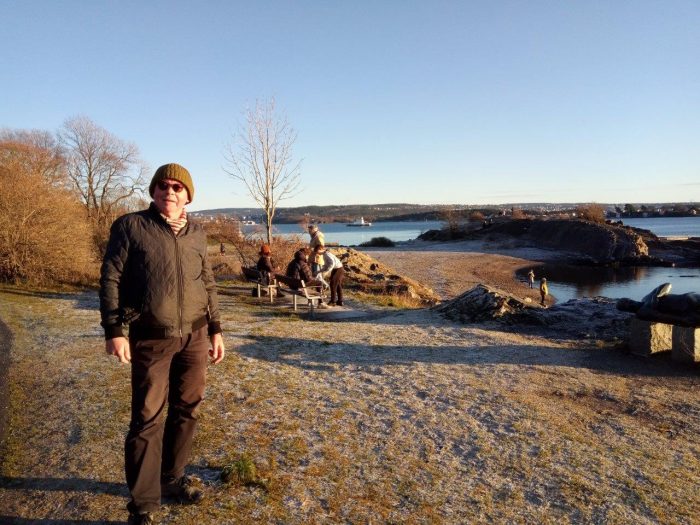
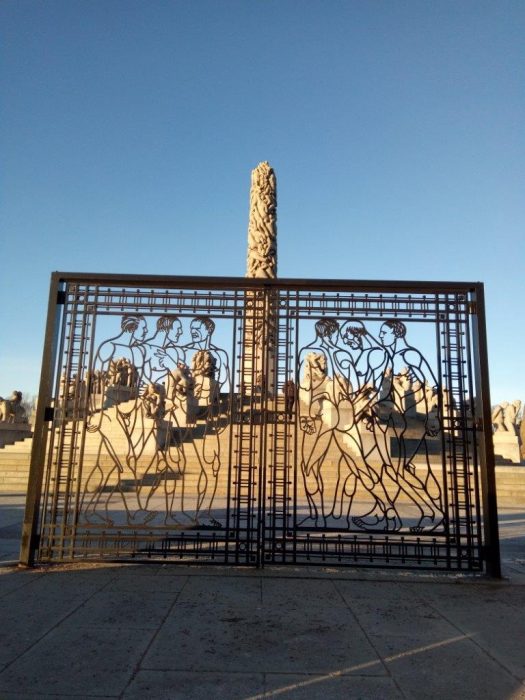
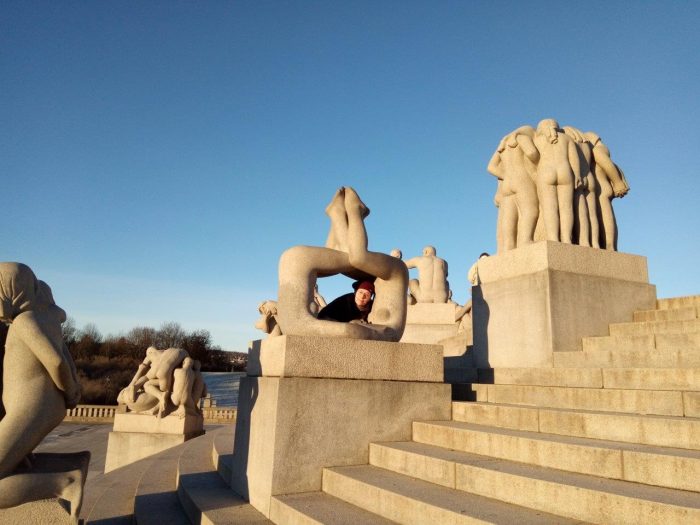
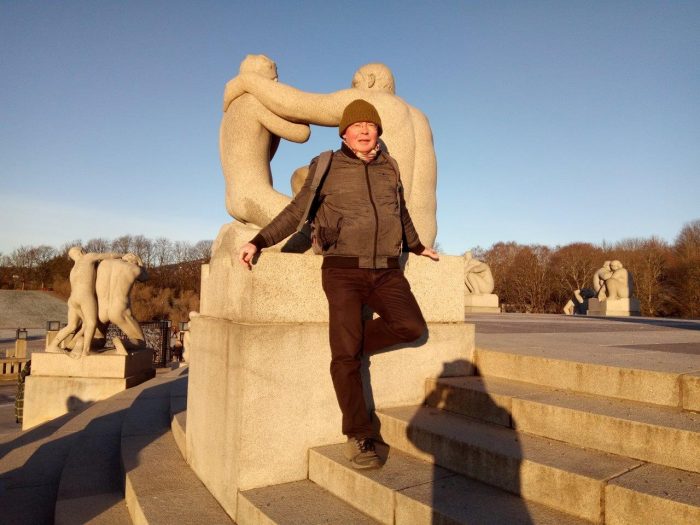
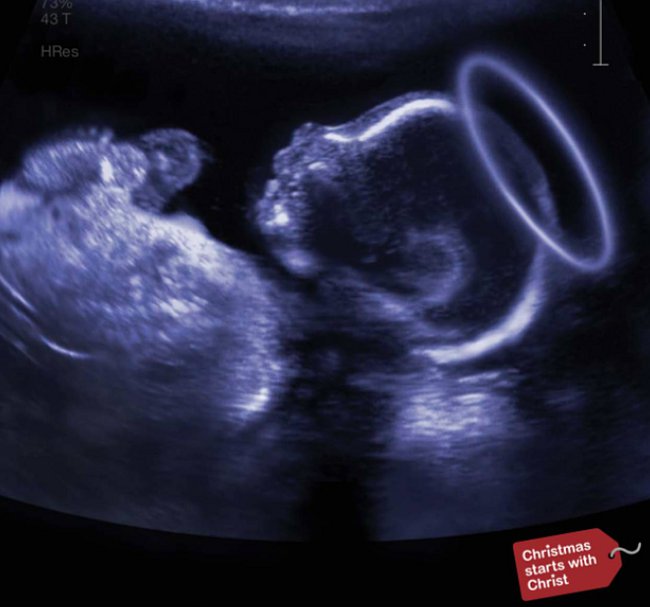
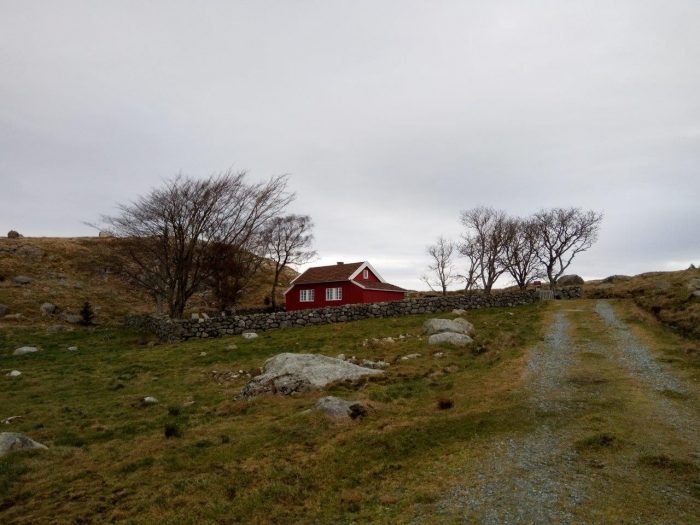

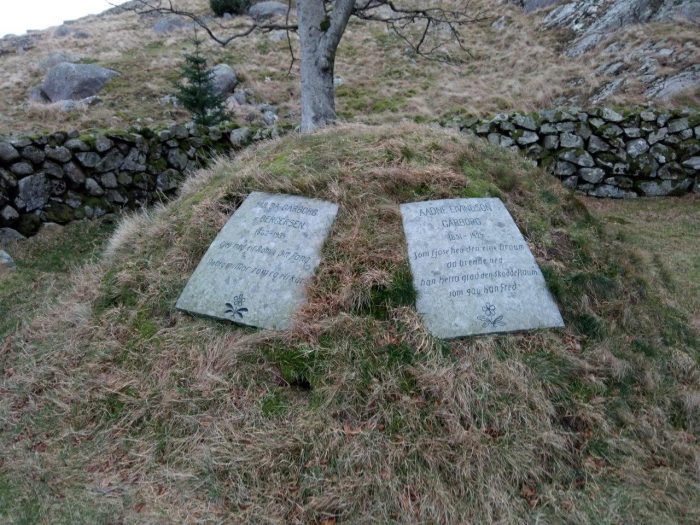
 Interessant, lærerik og krevende bok om det hellige
Interessant, lærerik og krevende bok om det hellige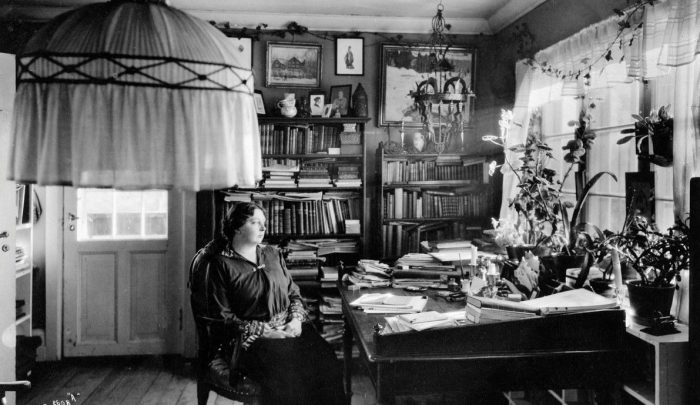

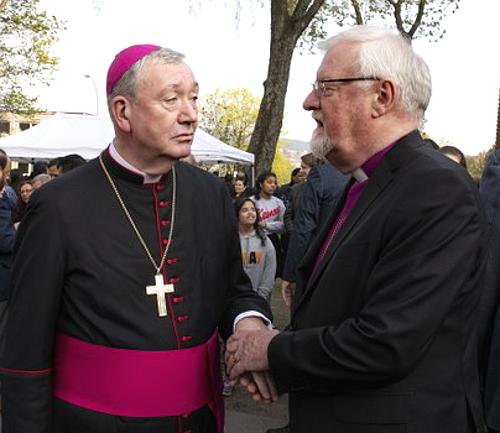
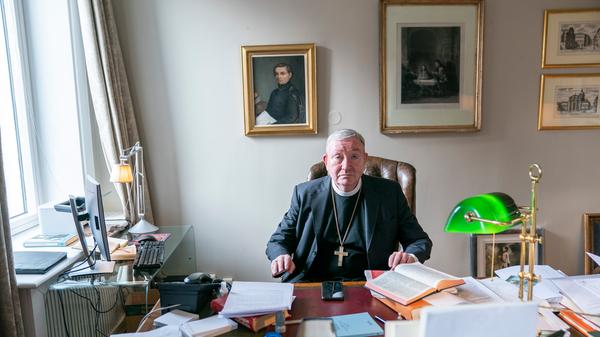


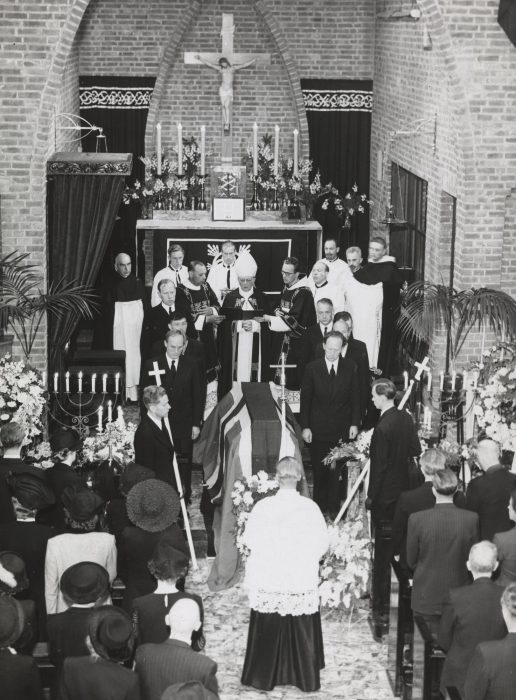
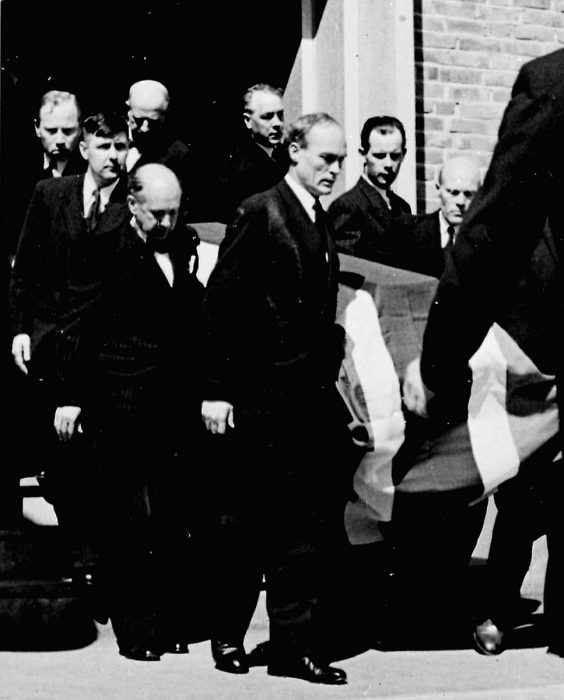

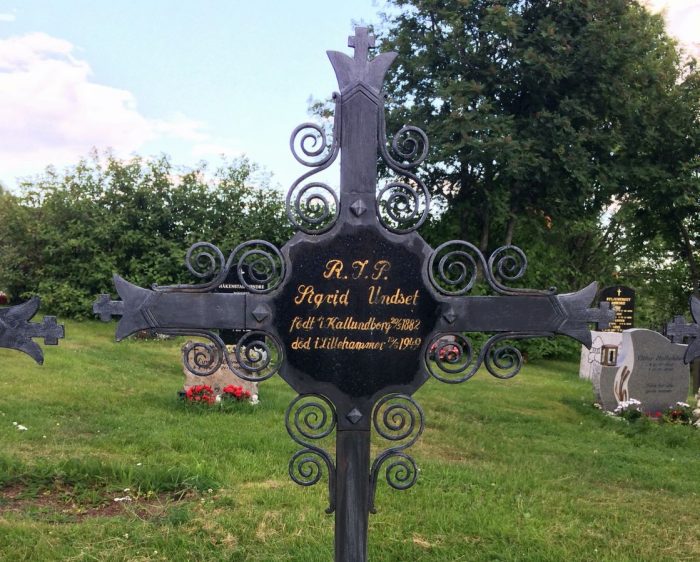

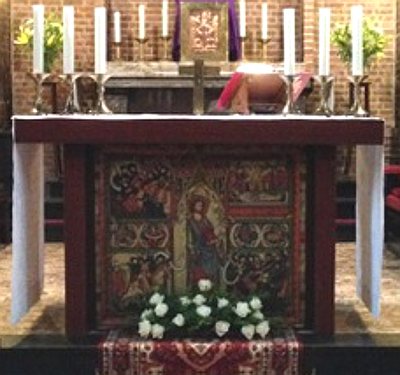
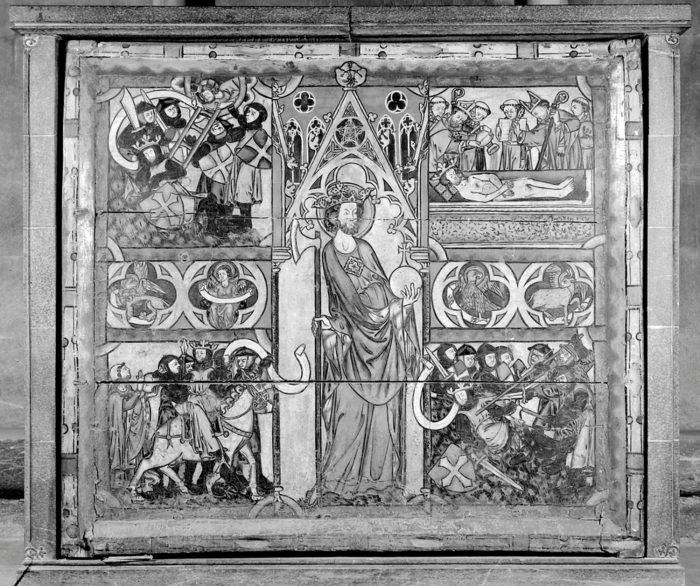

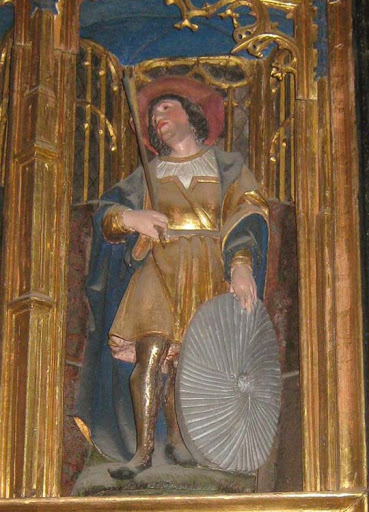
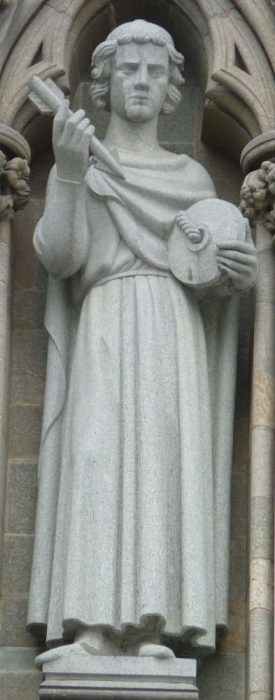 Kildematerialet om Hallvards liv og helgendyrkelsen av ham gjennom fire hundre år før reformasjonen (og etter) er både billedlig og bokstavelig talt fragmentert. To av fire hovedkilder er skrevet på pergament som senere er blitt klippet opp til bokbind, såkalte permfyllinger. Det ene fragmentet befinner seg i det norske Riksarkivet, det andre i det svenske. I motsetning til Olav Haraldsson som ble helligkåret som den første i Norge, var det ingen skalder som fulgte i Hallvards følge og kunne levere beretninger for ettertiden. Snorre behandler Hallvard kun i kortversjon. På tross av dette kan man følge Hallvard gjennom hele middelalderen i spredte tekster og beskjedent, men viktig billedmateriale.
Kildematerialet om Hallvards liv og helgendyrkelsen av ham gjennom fire hundre år før reformasjonen (og etter) er både billedlig og bokstavelig talt fragmentert. To av fire hovedkilder er skrevet på pergament som senere er blitt klippet opp til bokbind, såkalte permfyllinger. Det ene fragmentet befinner seg i det norske Riksarkivet, det andre i det svenske. I motsetning til Olav Haraldsson som ble helligkåret som den første i Norge, var det ingen skalder som fulgte i Hallvards følge og kunne levere beretninger for ettertiden. Snorre behandler Hallvard kun i kortversjon. På tross av dette kan man følge Hallvard gjennom hele middelalderen i spredte tekster og beskjedent, men viktig billedmateriale.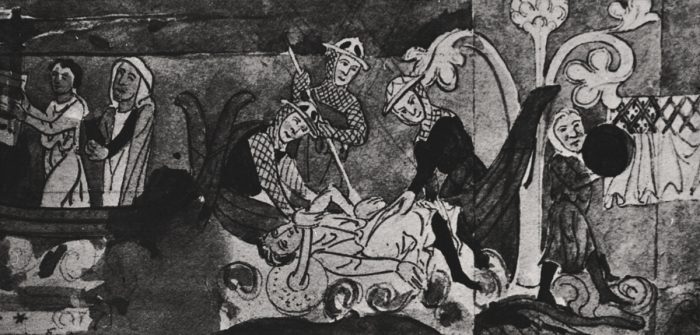
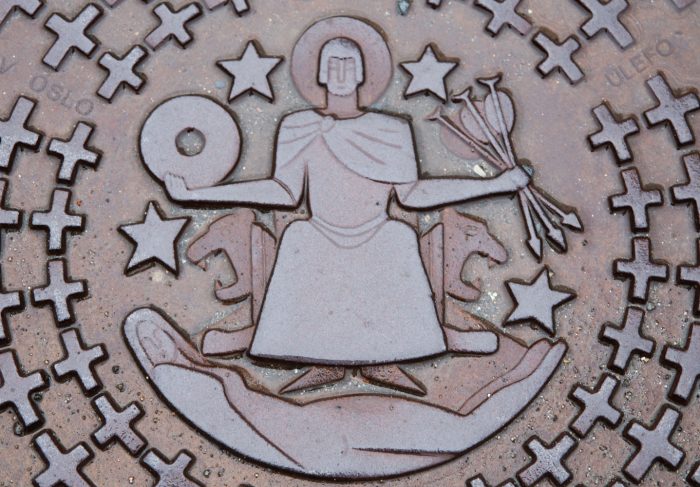


 Etter 20 års sammenhengende innsats er biograf Tor Bomann-Larsen nå ute med åttende og siste bind i sitt monumentale kongebiografi-verk «Haakon og Maud».
Etter 20 års sammenhengende innsats er biograf Tor Bomann-Larsen nå ute med åttende og siste bind i sitt monumentale kongebiografi-verk «Haakon og Maud».